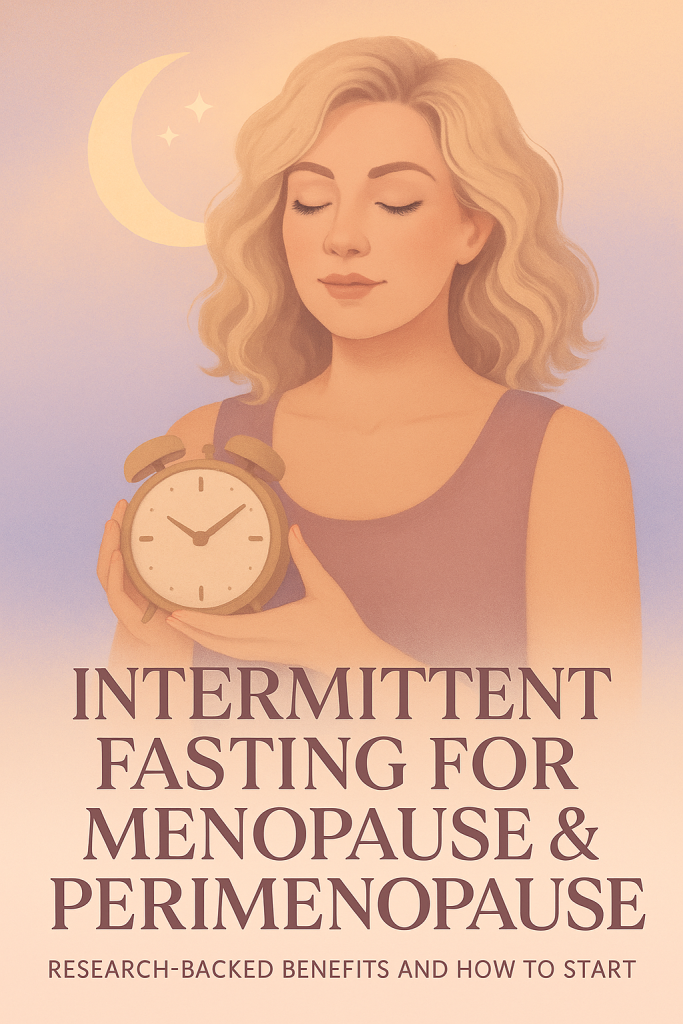New menopause workplace tools from the Health Action Alliance and AARP give employers actionable strategies to support midlife women. Here’s why it matters and how to use them.

Menopause at Work: It’s Time to Stop Ignoring It
Menopause isn’t just a “personal” issue. It’s a workplace one. With more than 50 million U.S workers in midlife, it’s wild that only 1 in 5 companies offer menopause-specific support. That gap leaves millions dealing with hot flashes, sleep struggles, brain fog, or mood swings while trying to stay productive at work. Often in silence.
The Health Action Alliance (HAA) and AARP just dropped a brand new Menopause Workplace Toolkit and it’s exactly the resource companies have been missing.
Read the full article at Health Action Alliance
What’s Inside the Toolkit
These aren’t pretty pink handouts. They’re practical, evidence-based tools that make it easier to actually implement support at work:
Menopause PulseCheck
A quick assessment of company culture, policies, and benefits.
Empowering Conversations About Menopause
Guidance for respectful, stigma-free dialogue at work.
Naming and Shaping your Menopause Strategy
Helps adapt existing benefits and policies to include menopause.
Improving Health Care Benefits for Menopause
Questions & prompts to expand coverage.
There’s also an Employer Roundtable on October 6, 2025, where HR leaders will take a more strategic look into these resources.
What Does This Mean for Us?
MG H is focused on the real intersection of science, hormones, and quality of life. Here’s how these new tools shift things:
Small Steps to Take Right Now
- Share the Menopause PulseCheck with your workplace
- Suggest a short “menopause awareness session” using the Empowering Conversations tip sheet
- Review health benefits through a menopause lens: are they inclusive?
- Add menopause to your organization’s DE&I or health equity agenda
- Ask employees what support would actually help them (flexible breaks, cooler spaces, healthcare coverage, etc.)
Final Thoughts
Supporting menopause at work isn’t about charity. It’s about equity, productivity, and respect. The new HAA + AARP toolkit makes it easier than ever to start.
If you’re a woman in midlife and navigating these shifts, or someone in HR/leadership who wants to be proactive, this is your invitation to lead change.

